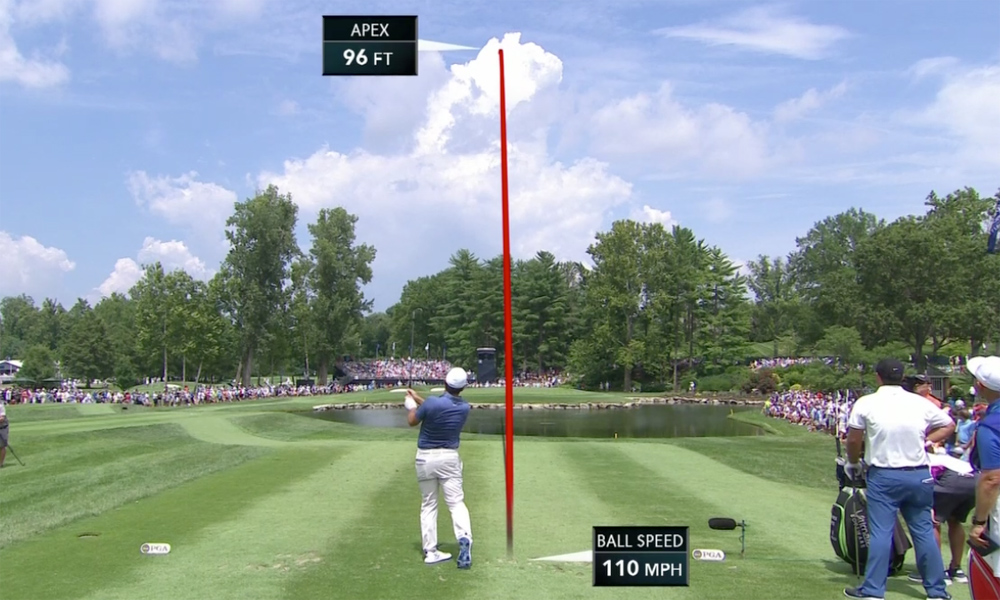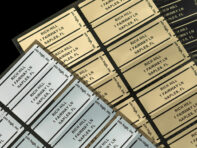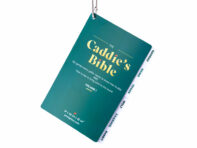Pin High Inc. Presents: Know Your Loft

The Importance of Loft in Golf
Loft refers to the angle of the clubface that controls trajectory and distance. A club’s loft is instrumental in determining how far and high the ball will go. Understanding loft is crucial because it affects not only distance but also the spin, accuracy, and stoppage power of the ball upon landing.
Determining the Right Loft: Variables to Consider
Every golfer’s swing is unique, influenced by factors such as swing speed, angle of attack, and personal preference. Here’s how you can determine the right loft for your game:
- Swing Speed: Generally, golfers with slower swing speeds may benefit from clubs with higher lofts to help get the ball airborne and maximize distance. The increased angle helps to launch the ball higher into the air, maximizing distance.
- Angle of Attack: The angle at which the club approaches the ball—your angle of attack—significantly influences your choice of loft. A steeper descent typically benefits from a lower loft to mitigate excessive backspin and ascend to a more favorable flight path, while a shallower approach may leverage higher lofts for better lift.
- Desired Trajectory: Adjusting your loft according to the day’s course conditions can give you a competitive edge. Windy conditions call for lower lofts to reduce the ball’s exposure to gusts, while wet conditions might demand higher lofts for better control and spin.
- Course Conditions: The golf course is a dynamic battlefield, with weather and terrain altering its character daily. Adapting your loft to these conditions is crucial; wind demands lower lofts for a tighter flight path, while wet conditions call for higher lofts to combat the slickness with spin and elevation.
The Impact of Weather on Loft Choices
Weather plays a significant role in selecting the right loft. In windy conditions, opting for a lower lofted club can help keep the ball flight lower, reducing the wind’s impact. Rainy or wet conditions might require higher lofted clubs to achieve greater spin and control. Similarly, temperature can influence the ball’s flight; cold air is denser, requiring more loft to achieve the same distance as in warmer conditions.
Wind
Wind can either be a friend or foe, with its direction and intensity dictating your loft choice. A headwind necessitates a lower loft to pierce through the air, while a tailwind allows for higher lofts to ride the gusts for extra distance.
Rain
Rain introduces slickness and resistance, conditions that higher lofts can counteract by generating more spin, giving the golfer greater control and precision in wet weather.
Temperature
Temperature impacts air density which plays into the ball flight. Cooler conditions thicken the air, requiring higher lofts to achieve the same distances attainable in warmer, thinner air. This thermal dynamic is essential in loft selection, ensuring consistency across varying climatic conditions.
Knowing the Wedges: The Quintessential Guide
Wedges are specialized clubs designed for precision shots, offering varying lofts for different scenarios around the green. Here’s a breakdown of common wedge types and their applications:
- Pitching Wedge (PW): Typically ranging from 44° to 48°, the pitching wedge is versatile for shots requiring distance and accuracy, ideal for approach shots (bump and run) from the fairway or rough.
- Gap Wedge (GW): With a loft between 50° and 54°, the gap wedge fills the “gap” between the pitching and sand wedge. It’s perfect for slightly shorter shots than what you’d use a PW for, with a bit more loft; offering a balanced solution with its intermediate loft.
- Sand Wedge (SW): With lofts between 54° to 58°, the SW is engineered for escape from the sand. Its design features, such as a wider sole, assist in avoiding the trap of digging too deep, facilitating a swift, lofted exit from bunkers.
- Lob Wedge (LW): At 58° to 62°, the lob wedge offers the highest loft, facilitating shots with high trajectory delivering (high arch – short distance shots) that maximum height and minimal roll, suitable for clearing hazards or hitting from tight lies to a green with little room to run.
Understanding and choosing the right loft is not just about technical proficiency; it’s about embracing a philosophy of adaptability and precision. This guide, presented by Pin High Inc., is more than an exploration of angles and trajectories; it’s a call to strategic thinking and a celebration of the golfing craft. As you wield this knowledge, remember that every club in your bag holds a story of potential triumphs, with the right loft at its core. Embrace this journey of discovery, and let every shot reflect your mastery of the game’s subtleties.
For More Golf Content Subscribe to Pin High Inc's Newsletter
Featured Products
-

Golf Labels
Rated 5.00 out of 5$15.95 – $26.95Price range: $15.95 through $26.95 DESIGN A LABEL This product has multiple variants. The options may be chosen on the product page -

Caddie’s Bible
$19.95 – $34.95Price range: $19.95 through $34.95 Select options This product has multiple variants. The options may be chosen on the product page -

The Round File Scorecard
$14.95 – $25.95Price range: $14.95 through $25.95 Select options This product has multiple variants. The options may be chosen on the product page
